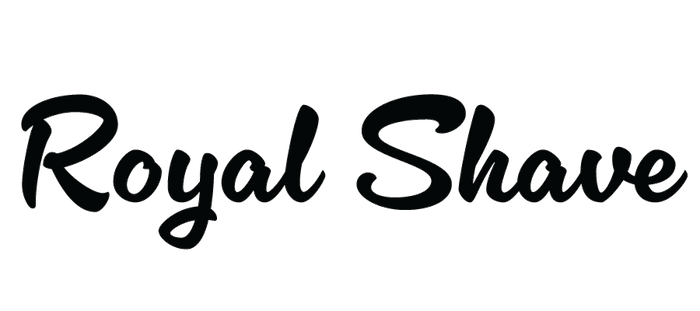Anyone who has dealt with acne prone skin knows how painful, difficult and complex it is to maintain. Things are further complicated when you involve shaving. Since acne prone skin is more sensitive and can be more textured than others, there are other things to consider when wet shaving. However with a few easy tips, shaving over breakouts can be easily remedied. All of these lie within the prepping the face properly and using the correct products and shaving techniques.
1. Don't forget to Prep
They say that cleanliness is next to godliness. With that in mind, never forget to start with clean skin. Hopping into a hot shower opens up the pores and washes away the dirt and grim of the day. If you’re prone to breakouts, you want to remove anything that might cause resistance. This is what causes skin irritation and can leave you prone to razor burn and even more breakouts. Hot water also ensures that the hairs are soft, leaving them less likely to pull when you shave.
If you haven’t already included this within your skincare routine, consider an exfoliating scrub. These will help rid the skin of dead cells, helping your razor glide even more smoothly. It can also help lift the hairs that would otherwise lay flat (flat hairs tend to tug more) and cut through them more easily. Take this advice lightly, as you want to avoid over-exfoliating the skin, which can have an adverse irritation effect.
2. Choose the Proper Products
Once thoroughly cleansed, apply a shaving cream or shaving soap to the skin. This will help the razor glide and act as a barrier, protecting your skin. Avoid the “shaving gels” that come out of can as these can be more damaging to your skin in the long run. Opt for ones that are jarred and formulated with natural ingredients such as Royal Shave Premium Shaving Cream or Royal Shave Shaving Soap. Don’t be afraid to really load up on the skin, for extra protection on your breakouts. More protection means less friction, which in turn means less irritation. If your facial hair is thicker than most, you might want to apply a beard oil before a regular shaving cream. We know this might sound a little odd, but the extra lubrication can make the biggest difference in your shave. This means that you would not use excess pressure while shaving, which can make acne worse as we aforementioned.
Choosing the shaving tool is also very important. Whether you pick a straight razor or a safety razor, it’s important that the blade is not dull. A dull blade can exacerbate the issues we mentioned previously by allowing us to apply more pressure than necessary which in turn (you guessed it) gives way to more irritation.
3. A Little Gentleness Goes a Long Way
It might seem like common sense to shave gently with acne, but there’s a reason why it’s so important. Shaving gently is the best thing you can do if you have breakouts. This means shaving with the grain, instead of against it. This means shaving in the direction that your hair is growing (usually downward on your face and upward on your neck). When you shave against the grain, hairs are more likely to embed into your skin and cause ingrown hairs, razor bumps and even more acne. Don’t forget to thoroughly rinse your face after you shave and apply a lotion or moisturizing aftershave. Royal Shave’s Aftershave Balm is formulated to provide all the hydration without the sting of a traditional aftershave. Hydrated skin means less flakes, which means less clogged pores.
4. See a Professional
These tips are fine and dandy, but if you are truly concerned about your skin health it is best to visit a dermatologist. The most enjoyable way to shave with acne is to shave without it. Looking into the root of the issue might help.



